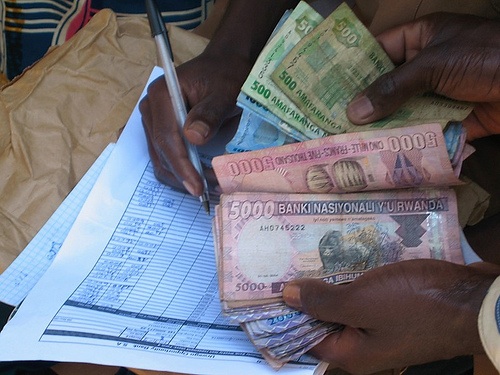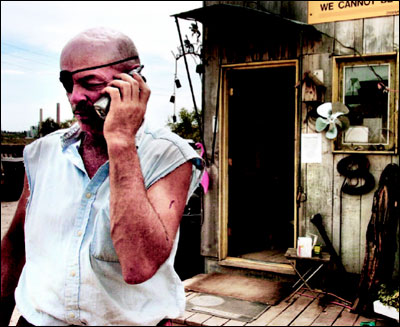 Believe it or not, this is not some twisted April Fool’s Day joke, but as highlighted in today’s New York Time article “India Microcredit Faces Collapse From Defaults”, is something that is actually taking place in India and could potentially be akin to the sub-prime crisis in the United States. This is clearly terrible news for the industry, but even worse news for the poor throughout the world whom the industry is supposed to support.
Believe it or not, this is not some twisted April Fool’s Day joke, but as highlighted in today’s New York Time article “India Microcredit Faces Collapse From Defaults”, is something that is actually taking place in India and could potentially be akin to the sub-prime crisis in the United States. This is clearly terrible news for the industry, but even worse news for the poor throughout the world whom the industry is supposed to support.
The premise behind microcredit or microfinance is that poor people who would not normally have access to credit would receive access, which they could then use to start a business and breath economic development into their households, communities and countries. Microcredit has been around in one form or another since the 1970s, however only recently have comprehensive studies been undertaken to determine the effectiveness of these ventures. Not surprisingly the results have been mixed as to whether loans lead to economic independence, however it now appears as though there has been an increased default rate due to exorbitantly high interest rates. One company has managed to bring rates down to 24% and that’s only because they have been able to scale successfully. Many of the smaller microfinance institutions (MFI) have aggressively high internal costs and therefore charge even higher rates. While it’s not necessarily an issue of these institutions trying to get wealthy off of the poor (they really do need the money to stay afloat), charging these incredible rates seems antithetical to the mission they hope to carry out in the first place.
Admittedly, I am not shedding any new light on the subject. Even those who are incredibly enthusiastic about microcredit understand the contraints, however the article did bring up an interesting concept. The authors mention SKS Microfinance , which is a company owned by financier George Soros and co-founder of Sun Microsystems, Vinod Khosla. This company, unlike other MFIs is a public company, meaning they have shareholders like any public company and what is the first and foremost responsibility of a public company? That’s right, to make their shareholders happy, most likely in the form of profits (interestingly enough the stock is down 20% today in early trading). So now we have a bit of a problem. While the focus is supposed to be on the borrowers, it has now shifted to the shareholders. On the other hand, the company has a much larger pool of capital and therefore has lowered transaction costs, which should theoretically bring down borrowing rates.
Clearly this is a bit of a dilemma. In order to keep rates low you need to be a big company, but in order to focus on the end user, it may (may) be easier for a smaller, private institution. I do not pretend to have any solutions to this issue and I would be interested to find out how many MFIs are actually run as public companies (one of which, Banco Compartamos (no relation) went public a few years back and caused an uproar), but it’s important to understand the complexity of this issue. Thirty-plus years later the kinks are still being worked out.
Image Credit by Jason Duff via Flickr under a CC license







We had warned that it would be a free fall:
Micro-Finance to Face Slow Painful Death. SKS Share to enter Free Fall. Sell, Sell, Sell! 7/11/10
Read more: http://devconsultgroup.blogspot.com/2010/11/micro-finance-to-face-slow-painful.html
SKS Micro-Finance drifting into a firm Bear Grip 14/11/10
Read more: http://devconsultgroup.blogspot.com/2010/11/sks-micro-finance-drifting-into-firm.html
we are interested in the page.